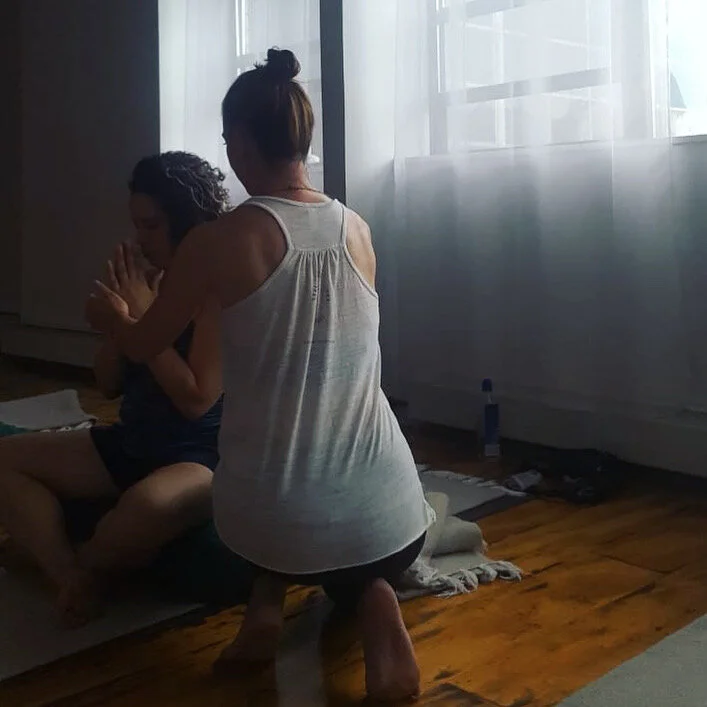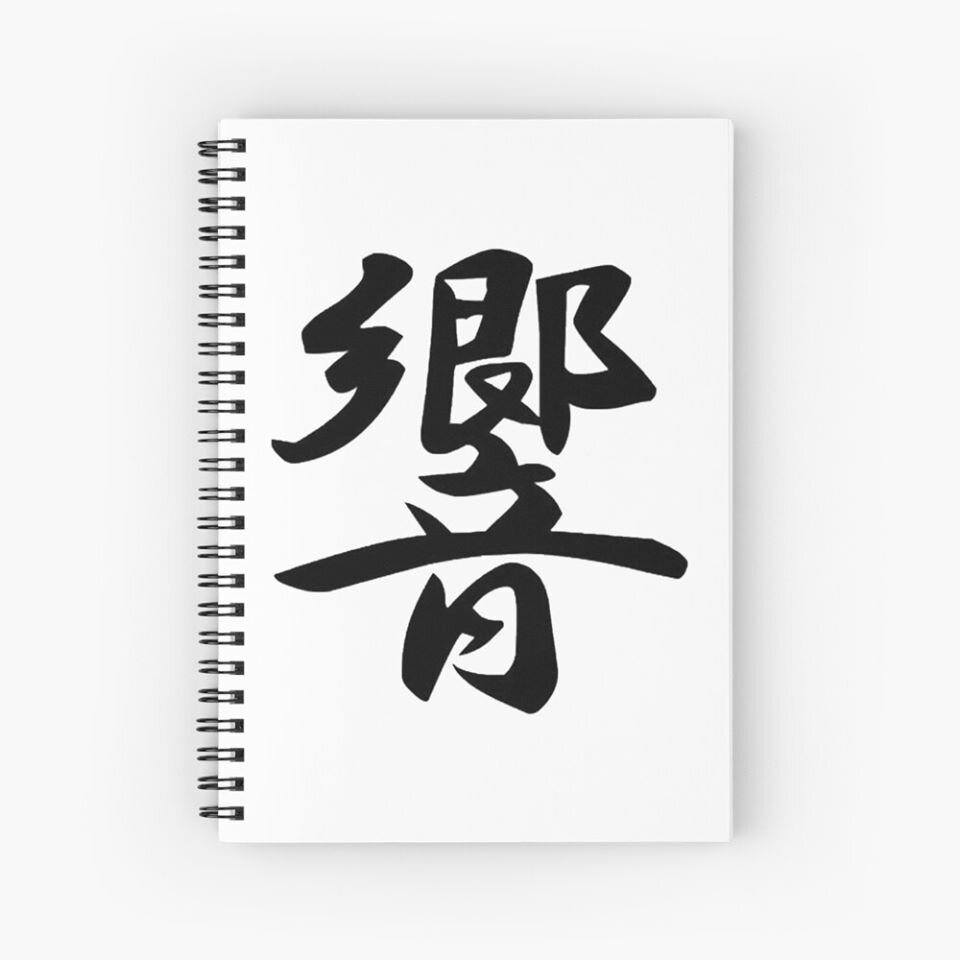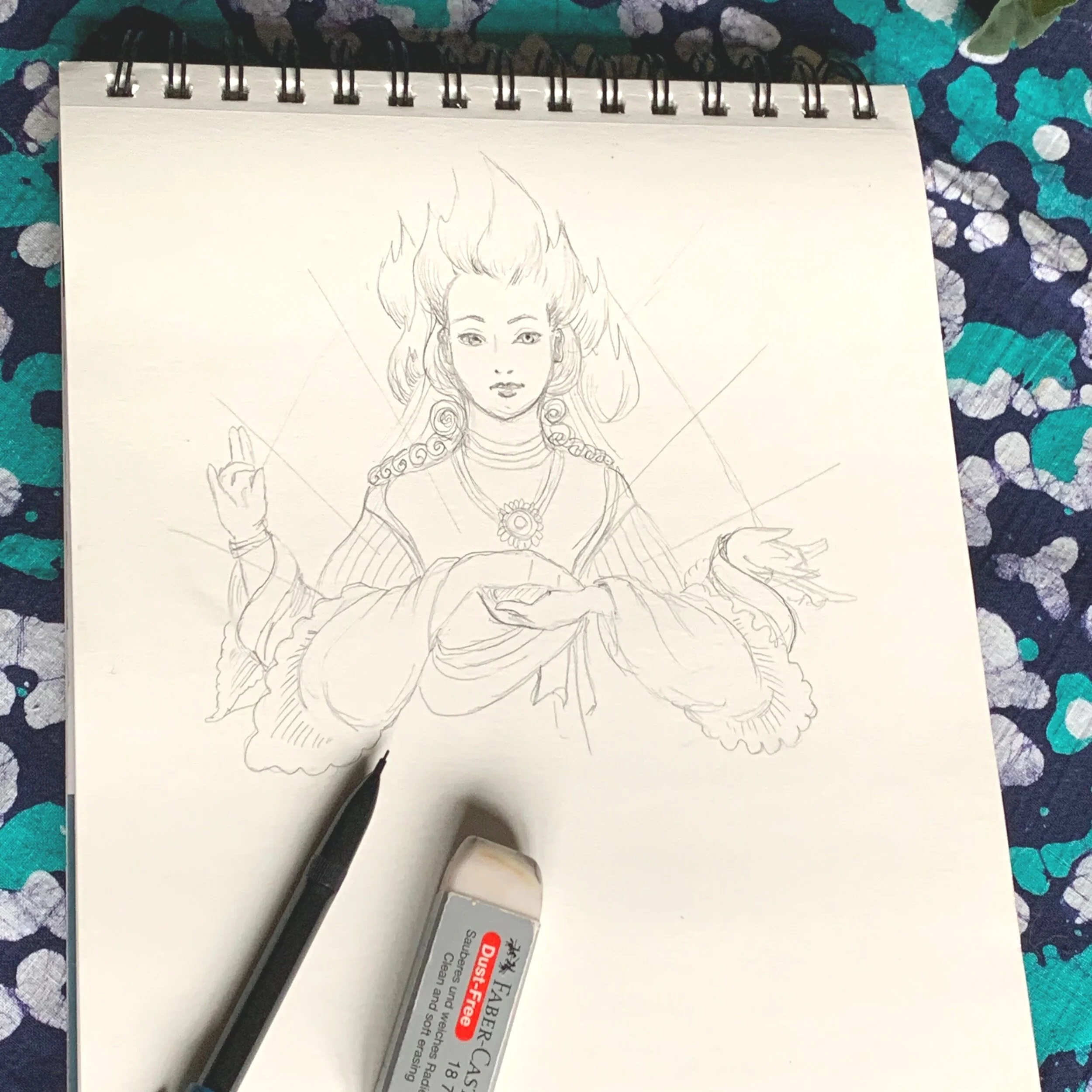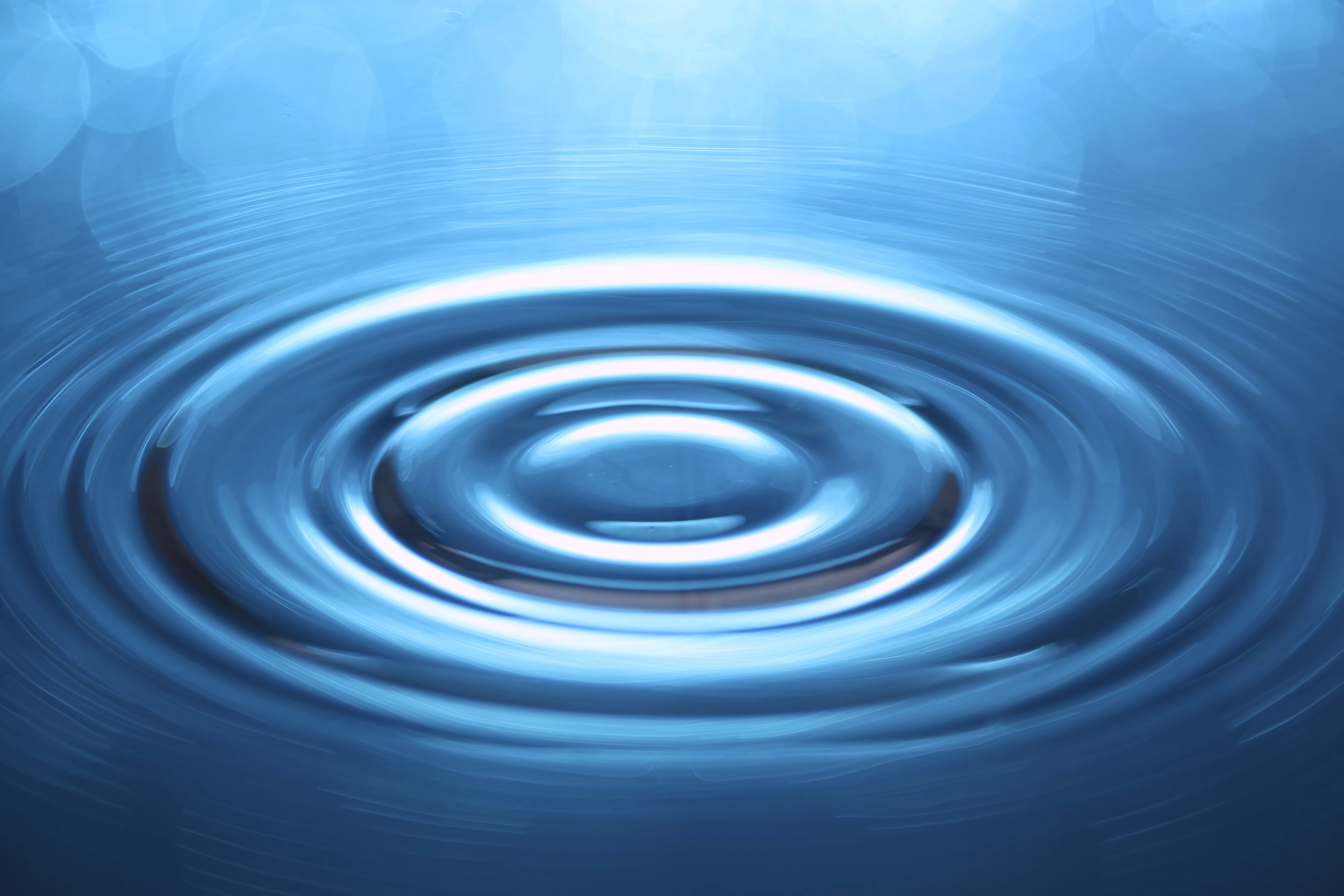Before joining the Zen monastery in Japan for my training, I started reading Buddhist texts, specifically the teachings of Master Dogen, the founder of the Soto school of Zen in that country. In his texts, and later on other Zen writings by the likes of Dainin Katagiri, there were mentions of “transmissions” between Zen master and student.
“Just understand that when a master who has attained the way with a clear mind authentically transmits to a student who has merged with realization, then the wondrous dharma of the Seven original Buddhas, in its essence, is actualized and maintained. This cannot be known by those who study words.” —Dogen Zenji.
These silent, energetic transmissions and the fact that they help establish your lineage in the Buddhist tradition, felt so close to Reiki’s initiation or attunement process that I was utterly surprised.
Later, studying with my mentor, Frans Stiene, he mentioned the link between attunements and a Shingon Buddhist ritual called kaji. Although commonly translated into English as “blessing,” in Shingon practice, it means far more: adding the power of Buddha and holding that power—as implied by its characters ka (adding) and ji (holding).
“The Shingon practice of kaji is generally understood to be a mutual empowerment of self and Buddha. This… definition, however, neglects the important role that kaji has historically played as a hands-on healing technique,” explains Pamela Winfield in her study Curing with Kaji: Healing and Esoteric Empowerment in Japan.
Hands-on healing. Empowerment. Healing. Wordless transmission of wisdom. Finding and holding our Buddha-nature (true essence, bright inner light). All the elements of the Reiki attunements are present in these rituals. Given that Mikao Usui, the founder of Reiki, trained in many of these spiritual practices, it’s not surprising that transmissions and kajis could be the basis on which he evolved the concept of attunements.
The beauty of retracing the origins of attunements is that it points the way to a deeper understanding of the ritual. For example, in the West, we often see attunement as the master empowering and offering a gift (connection to the Reiki energy) to the student. However, in these Japanese traditions, the student is already enlightened. The blessing helps her or him shed the layers of false perceptions that obscure this knowledge.
Furthermore, the translations of the characters that compose the word Reiju (Japanese for attunement) point directly to the concept of no giver, no receiver:
霊 Rei – How to give, spiritual
授 Ju – How to Receive, receive, hand down, give, impart, instruct, grant, offer, bless.
During Reiju, nothing is given; nothing is received. It’s an opportunity for both student and teacher to awaken, to be aware of what exists deep within.
The Japanese origins also point towards the fact a Reiki master can share this ritual of attunement or Reiju any time it feels appropriate, not just for initiations. “If by performing Reiju a student were to become magically enlightened, have an energy centre ‘opened,’ or ‘receive’ a specific level of Reiki (these are just some of the claims made about the modern-day attunement), why is it that the Usui Reiki Ryôhô Gakkai performs Reiju at every single meeting between student and teacher? It is because magic is not the answer, but rather the commitment to personal practice from both the student and the teacher,” explains Bronwen Logan Stiene in her article Everything About Reiju.
Often Reiki 3 practitioners see the teachings at this level as tools to be shared with others. Performing Reiju, however, is also a form of self-empowerment and exploration. By letting go of the preconception that we are blessing just the student, we can open the door to that exploration. The ritual of Reiju then becomes a personal practice, one that takes us deeper and deeper into our Reiki journey.
Performing Reiju.













